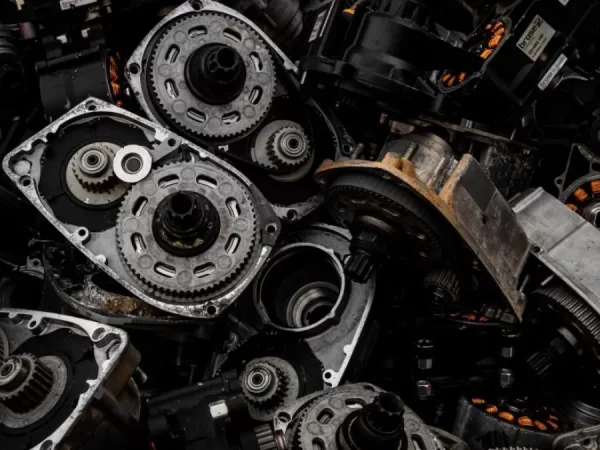OEM parts come directly from your car manufacturer and match those installed when it rolled off of its assembly line. They often have more generous warranties.
On the other hand, aftermarket parts can be more challenging to select due to multiple manufacturers offering their version of one part; as a result, selection can become overwhelming and quality can differ considerably between models.
Cost
OEM parts typically cost more because their manufacturer invests a great deal in design and durability testing. Meanwhile, the aftermarket parts typically recoup less of these costs with each sale; however they can often provide quicker solutions to design flaws found in original pieces.
OEM parts tend to be expensive; however, most automakers will stand behind work done using these parts at their dealerships. Aftermarket parts can save significant money when used for repairs; however, quality varies considerably and choosing an excellent brand can be challenging; that is why it’s usually best to enlist the expertise of a reputable mechanic when selecting aftermarket parts – they will usually recommend an option with strong value-for-money properties which will save time in repairs down the line.
Warranty
OEM parts tend to be more costly, but can offer peace of mind knowing you are receiving quality components as originally specified for your vehicle. Plus, most OEM parts come with warranties covering them for one year as well as labor at dealerships. On the other hand, aftermarket parts tend to be less costly and available from a wider variety of sources; however there may be risks that they are low quality or fake parts being purchased.
Overall, choosing between OEM and aftermarket parts boils down to your goals when replacing car parts. If you value quality over cost and compatibility for your vehicle, OEM may be best; otherwise, aftermarket options may also work if purchased from reliable brands that have earned their reputation in terms of quality. Ensure to consult your mechanic prior to making this decision as some aftermarket components could void your manufacturer warranty.
Compatibility
OEM (Original Equipment Manufacturer) parts are crafted by the same company that designed your car, offering a better guarantee of quality. Plus, they help add to resale value of your car while offering peace of mind with warranties to cover their purchase.
However, if your budget is limited, aftermarket parts can often be more cost-effective and provide greater variety than OEM ones. They may even help improve performance by re-engineering existing parts to optimize their functionality.
OEM or aftermarket auto parts depends on how essential each part is to the safe and reliable operation of your vehicle. Non-critical items, like floor mats or radiators, may be better priced through aftermarket vendors; for those parts essential to keeping the wheels turning safely and reliably however, OEM auto parts provide far greater safety and reliability, making their cost worth investing in.
Reliability
OEM parts are exactly the same parts your car was manufactured with when first produced, making them the most reliable option. Depending on their brand, some may come with a warranty covering any potential problems in case anything should go amiss.
Many consumers opt for aftermarket parts because they’re more cost-effective and often come with warranties. Although in the past these parts were often of low-grade, there are now numerous manufacturers making high-quality aftermarket components that rival or even surpass OEM components in quality and performance.
However, if your goal is to enhance the performance of your vehicle, OEM parts might be best. Aftermarket components may not always fit exactly right and may even hinder other accessories or components which might put safety risks. Furthermore, aftermarket parts can sometimes lower resale values; to prevent this from happening it’s wiser to purchase from reliable brands and research their parts prior to purchase.





